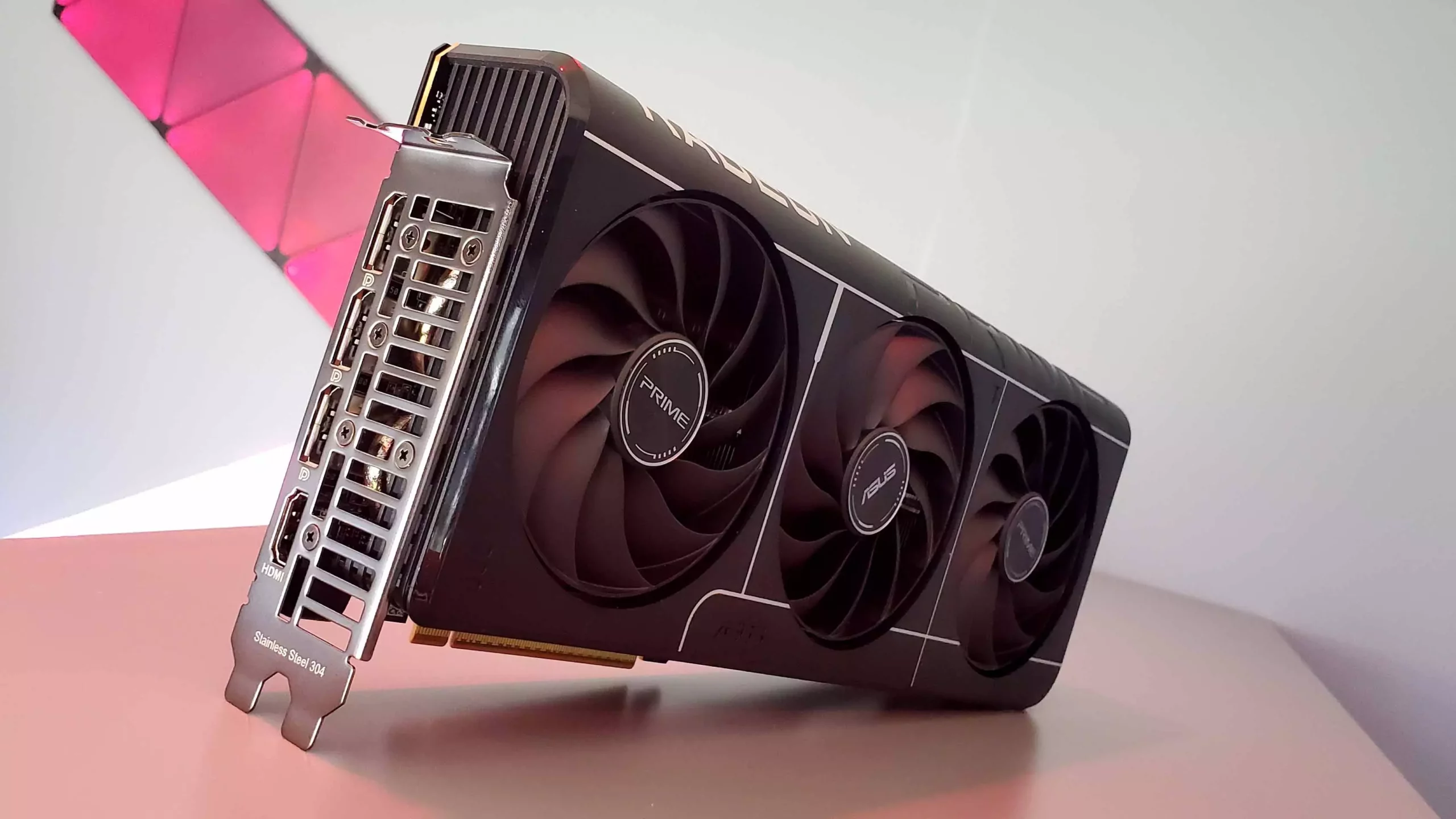In the ever-evolving world of graphics technology, every nuance matters. Recently, a video from Bilibili channel 51972 stirred the pot by shedding light on performance comparisons across 22 models of the AMD Radeon RX 9070 XT. The findings revealed a curious trend: variants featuring Samsung GDDR6 memory chips were statistically slower than those equipped with SK Hynix memory, averaging a performance drop of 2.6%. While this might appear trivial at first glance, such a discrepancy raises important questions about manufacturing practices and consumer expectations in a highly competitive market.
The fact that AMD only recently adopted Samsung’s GDDR6 memory for the RX 9070 XT is intriguing. It prompts discussions about supply chain decisions, potential quality control issues, and the ongoing rivalry between suppliers. The benchmarking results echo deeper implications for AMD’s branding and the perceived value of its products. Should buyers prioritize one variant over another solely based on memory supplier? Is it a reflection of AMD’s strategy to diversify supply chains or a hedge against disruption?
Benchmarking: More than Just Numbers
The backbone of any hardware evaluation lies in its benchmarking. 3DMark Speed Way was the testing ground for these RX 9070 XT variants, but a single benchmark is not necessarily definitive. The choice of benchmark and its appropriateness in mimicking real-world gaming scenarios must be scrutinized closely. There’s an argument to be made that real-life gaming experience encompasses much more than synthetic benchmarks can measure.
A critical analysis suggests that while a 2.6% reduction may be measurable, it may not translate into a noticeable difference during gaming sessions. Most gamers prioritize smooth gameplay and frame rates over fractional numbers on a benchmark sheet. In fact, previous testing of SK Hynix models displayed performance levels akin to NVIDIA’s RTX 5070 Ti, leaving many to wonder if this memory issue becomes a mere footnote in the grand narrative of gaming performance.
Overclocking: The Wild Card Factor
One of the most captivating aspects of graphics cards is their overclocking potential. AMD’s RX 9070 XT has already shown promise in configuration tests, displaying administration of significant performance boosts when undervolted. The enthusiasts within the gaming community often seek ways to maximize every bit of performance potential. If Samsung’s chips can achieve similar overclocking capabilities as their SK Hynix counterparts, the performance gap could quickly diminish.
However, the absence of widespread overclocking data for Samsung RAM variant RX 9070 XT models leaves consumers in a precarious position. Will these chips respond favorably when pushed to their limits, or will they stifle the card’s true potential? The uncertainty hampers consumer confidence.
Implications for Consumers: The Bottom Line
As tech enthusiasts dissect these developments, it’s crucial for consumers to focus on the implications for purchasing decisions. AMD seems not to differentiate between SK Hynix and Samsung memory variants, making it challenging for buyers to make informed choices. For individuals who meticulously analyze every technical specification, this lack of clarity is frustrating.
What does it mean for the savvy consumer who understands the subtle nuances of performance? For many, a 2.6% slip may not be grounds for alarm. However, the implication that one model could inherently be “slower” poses fundamental questions about accountability in marketing and transparency from manufacturers. It’s essential to foster a dialogue about these product differences rather than allowing buyers to stumble into uncertainty.
These revelations about the RX 9070 XT variants open an array of discussions revolving around consumer awareness, brand integrity, and technological innovation. While AMD may continue to offer compelling gaming experiences, transparency regarding component differences could be vital in maintaining consumer trust. The quest for ultimate performance is not merely a numbers game; it’s about understanding the foundational elements that drive those numbers.

